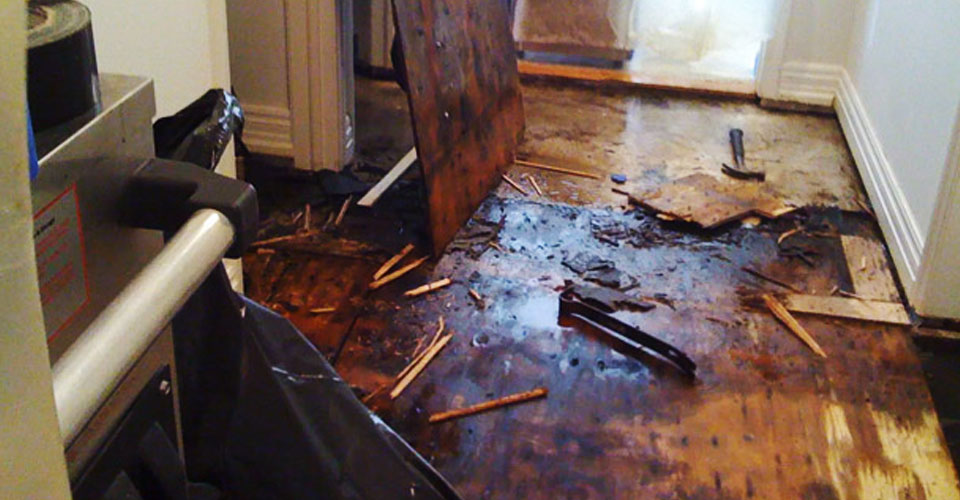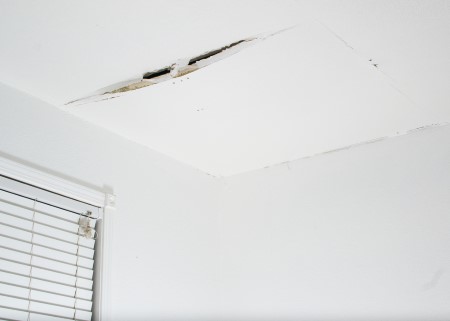6 Water Damage Restoration Do's and also Don'ts.
6 Water Damage Restoration Do's and also Don'ts.
Blog Article
We've unearthed this article relating to How To Prevent Fire And Water From Ruining Your Holiday Season directly below on the net and figured it made perfect sense to share it with you in this article.

Water provides life, water breach on parts where it's not meant to be can result in damage. Houses with water damages odor moldy and old.
Water can come from many resources such as hurricanes, floods, ruptured pipelines, leaks, and sewage system concerns. In case you experience water damages, it would be good to know some safety and security preventative measures. Right here are a few standards on just how to manage water damages.
Do Prioritize House Insurance Coverage Protection
Water damage from flooding because of heavy winds is seasonal. Nonetheless, you can likewise experience a sudden flood when a damaged pipeline all of a sudden bursts right into your house. It would certainly be best to have home insurance policy that covers both disasters such as natural tragedies, as well as emergency situations like damaged plumbing.
Don't Neglect to Switch Off Utilities
In the event of a calamity, especially if you stay in a flood-prone area, it would certainly be recommended to switch off the primary electric circuit. This cuts off power to your entire house, avoiding electric shocks when water comes in as it is a conductor. Don't neglect to turn off the primary water line shutoff. Furnishings will move about and cause damages when floodwaters are high. Having the major valve turned off protects against additional damages.
Do Remain Proactive and Heed Weather Condition Alerts
Storm floods can be extremely unpredictable. Stay proactive as well as ready if there is a background of flooding in your neighborhood. Listen to emptying cautions if you live near a river, lake, or creek . Take out valuables from the ground floor and basement, then put them on the greatest possible degree. Doing so reduces potential residential property damages.
Do Not Ignore the Roof
You can stay clear of rain damages if there are no holes as well as leaks in your roofing. This will stop water from flowing down your walls as well as soaking your ceiling.
Do Focus On Small Leakages
A ruptured pipeline does not happen overnight. You may discover gurgling paint, peeling off wallpaper, water touches, water discolorations, or dripping sounds behind the walls. Have your plumbing repaired prior to it results in massive damages.
Don't Panic in Case of a Burst Pipe
Keeping your clearheadedness is essential in a time of dilemma. Because it will stifle you from acting quick, worrying will only compound the trouble. Timing is crucial when it comes to water damages. The longer you wait, the more damage you can expect. Therefore, if a pipe bursts in your home, right away turned off your primary water valve to cut off the source. Then unplug all electrical outlets in the area or switch off the breaker for that part of your house. Ultimately, call a reputable water damages reconstruction professional for help.
Water gives life, water breach on parts where it's not supposed to be can result in damages. Houses with water damages odor old and stuffy.
Water damages from flood charges to heavy winds is seasonal. You might discover gurgling paint, peeling wallpaper, water touches, water spots, or dripping noises behind the walls. When it comes to water damages, timing is crucial.
Some Do's & Don't When Dealing with a Water Damage
DO:
Make sure the water source has been eliminated. Contact a plumber if needed. Turn off circuit breakers supplying electricity to wet areas and unplug any electronics that are on wet carpet or surfaces Remove small furniture items Remove as much excess water as possible by mopping or blotting; Use WHITE towels to blot wet carpeting Wipe water from wooden furniture after removing anything on it Remove and prop up wet upholstery cushions for even drying (check for any bleeding) Pin up curtains or furniture skirts if needed Place aluminum foil, saucers or wood blocks between furniture legs and wet carpet Turn on air conditioning for maximum drying in winter and open windows in the summer Open any drawers and cabinets affected for complete drying but do not force them open Remove any valuable art objects or paintings to a safe, dry place Open any suitcases or luggage that may have been affected to dry, preferably in sunlight Hang any fur or leather goods to dry at room temperature Punch small holes in sagging ceilings to relieve trapped water (don't forget to place pans beneath!); however, if the ceiling is sagging extremely low, stay out of the room and we'll take care of it DO NOT:
Leave wet fabrics in place; dry them as soon as possible Leave books, magazines or any other colored items on wet carpets or floor Use your household vacuum to remove water Use TV's or other electronics/appliances while standing on wet carpets or floors; especially not on wet concrete floors Turn on ceiling fixtures if the ceiling is wet Turn your heat up, unless instructed otherwise

Do you really like reading up on What You Can Do At Home To Prevent Fire And Water Damage? Write a remark down the page. We would be interested to hear your views about this post. Hoping that you visit us again in the future. Sharing is good. You just don't know, you might be helping someone out. Thanks so much for your time spent reading it.
Report this page